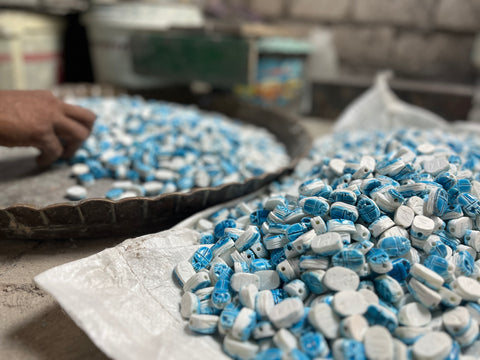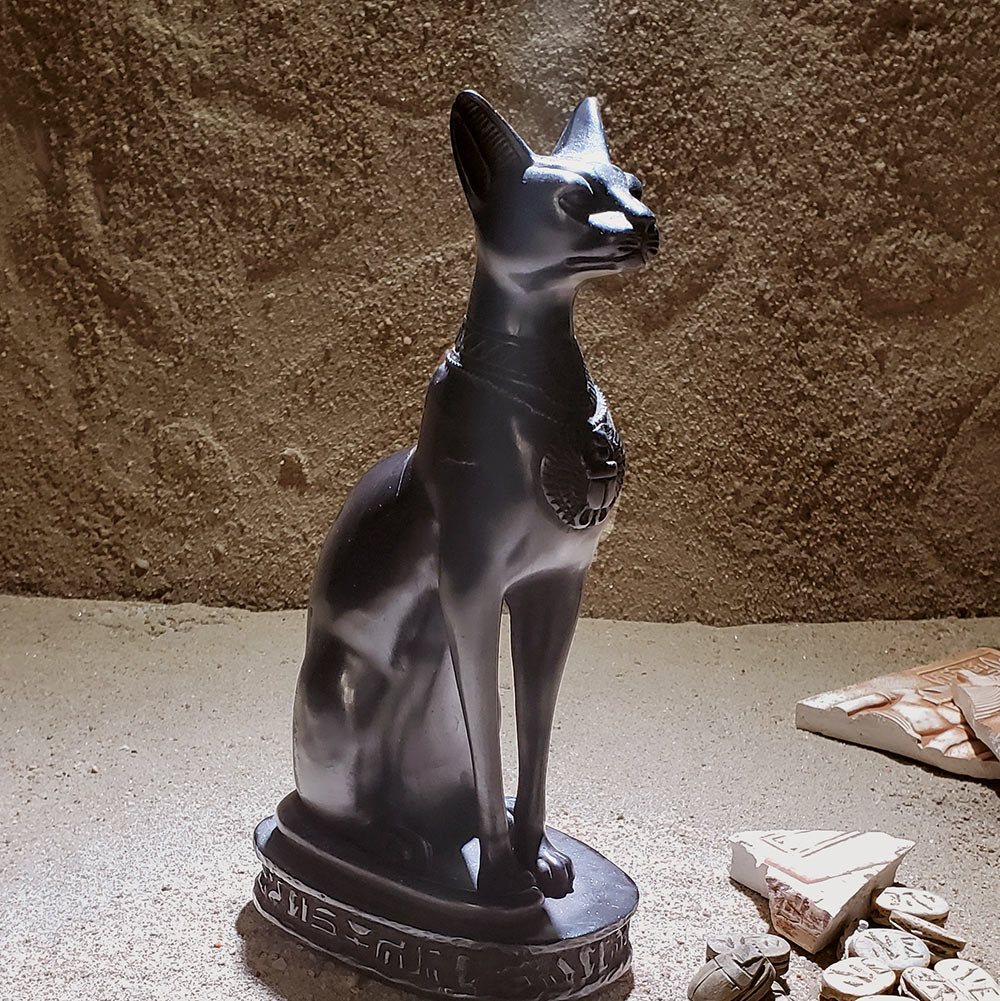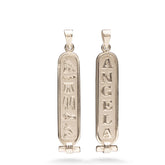The Art of Carving Egyptian Scarab Beads
In ancient Egypt, scarab amulets were commonly worn by both the living and the deceased as protective talismans. Some scarabs were inscribed and wrapped with the mummy. They were typically made of stone, ceramic, or other materials, and could be worn as jewelry or attached to clothing. Today, scarab artisans commonly use soapstone to create scarab beads.
When we were recently in Egypt, we sat with our friend and scarab artist, Mahmoud. He walked us through the steps he takes to make scarab beads for our company. He starts by making the oval shapes from raw soapstone. Once the basic shape is carved out, he uses finer carving tools to add details to the scarab.
After the details of the scarab are carved, he uses sandpaper of increasingly finer grits to smooth the surface of the soapstone. A drill press is used to carefully drill a hole into the scarabs so they can be used for jewelry.
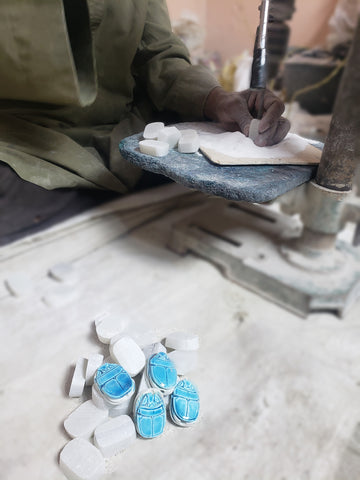
Once he is satisfied with the carved scarab it is ready for glazing or sealing. This helps to protect the surface of the soapstone and provides a unique color to the bead. The beads get a brush of glaze and are fired in a kiln similar to ceramics. After they are glazed they are sorted for quality control.
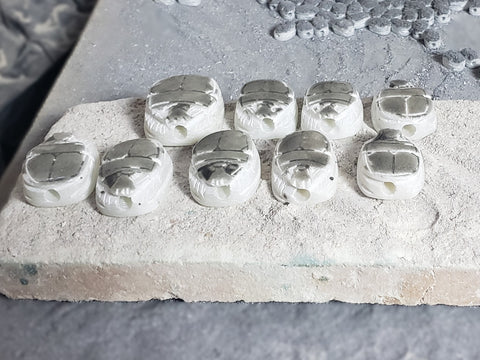
This tedious process takes a skilled artisan who takes care to create artwork similar to ancient Egyptian artifacts. Mahmoud has been making these beads for many years. We are grateful he was willing to walk us through his process. Learn more about his family here.
In ancient Egypt, some scarabs featured inscriptions with the names of pharaohs or religious texts, while others depicted scenes from mythology or daily life. The base of our scarab beads have a stylized hieroglyphic design. In our Etsy shop we carry a larger, more unique variety of Egyptian scarab beads.
